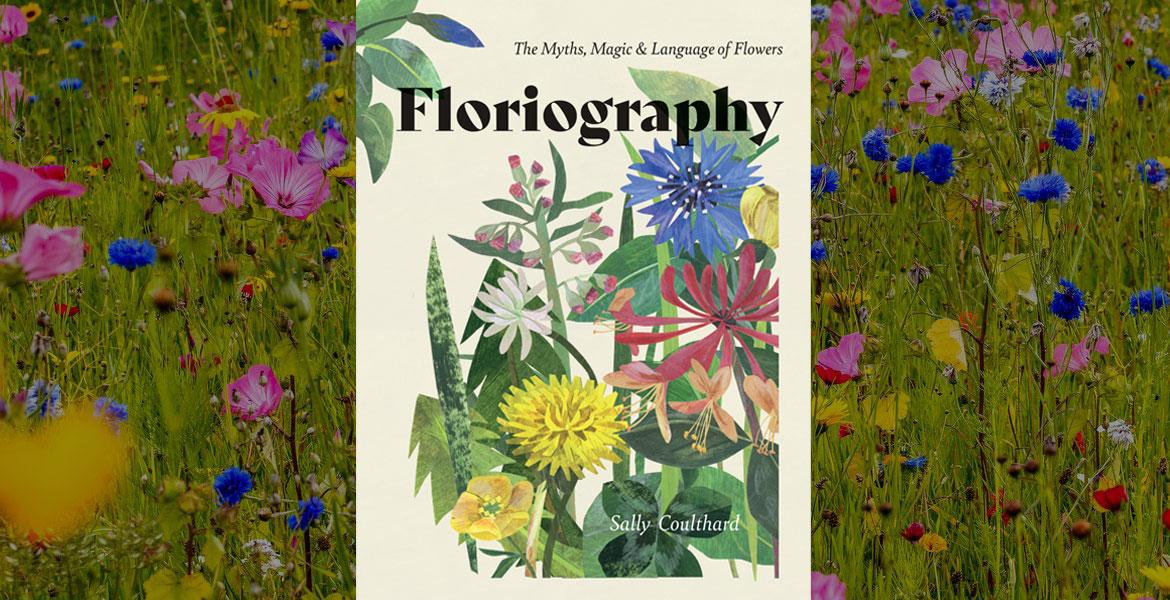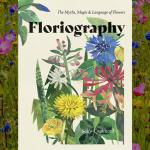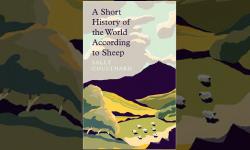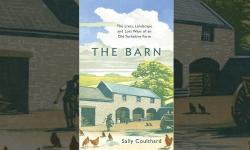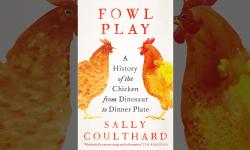Floriography: The Myths, Magic and Language of Flowers, Sally Coulthard
My mother, when at primary school, was tasked each week during the spring and summer terms with finding a different hedgerow flower to take into school the following Monday. Then, she was expected to identify and learn about the flower’s properties – its common names, where and when it grows, references to it in folklore and literature, and any purported medicinal and culinary uses. As I was growing up, she used to regret that I was not given the same weekend assignments, and now – being more of a townie than I would like – I too wish I’d had the opportunity to do something similar. I would love to be able to glance at a hedgerow, or even a garden, and instantly not only recognise by name every flower growing there, but also know their back stories.
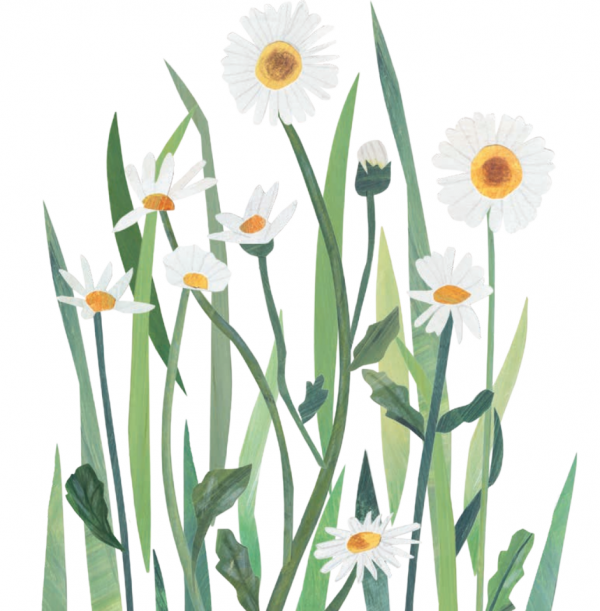
Sally Coulthard’s new book, Floriography: The Myths, Magic and Language of Flowers, goes some way to filling this gaping hole in my knowledge. In a little under 150 beautifully illustrated pages, she takes the reader on a whistle-stop tour of 50 of the most common, and important, flowers from around the world. Ranging from British hedgerows to Japanese temples, Coulthard delves into almost every aspect of the flower’s history and lore. As she says in her introduction, ‘Many rural and everyday beliefs were never written down, and so to find the historical meanings of flowers we often have to turn to stories, classical mythology, religious texts and medieval medicinal books. Chaucer, Shakespeare, Jane Austen and the Bronte sisters, for example, all drew heavily on floral symbolism.’  p. 6 So the book contains plenty of literary references for the reader to enjoy, from poetry and plays to prose. But there is also a great mine of information taken from medieval and early modern herbals and old wives’ remedies. This is often paired with modern scientific findings, showing, for example, that the Anglo-Saxons in naming mugwort – ‘mosquito herb’ – really did know what they were talking about, while Nicholas Culpepper was quite correct in his use of lavender as a sedative. Discussions on the etymology and common names of flowers are equally fascinating and tell us a lot about historical ideas of flowers and their uses: it doesn’t take a huge imaginative leap to understand that ‘pissabed’ – dandelion – was associated with urinary problems. Then there are the straightforward historical references, to the Spanish conquest of America, to the witch craze, to Napoleon, all seamlessly blended into the pages of the book.
p. 6 So the book contains plenty of literary references for the reader to enjoy, from poetry and plays to prose. But there is also a great mine of information taken from medieval and early modern herbals and old wives’ remedies. This is often paired with modern scientific findings, showing, for example, that the Anglo-Saxons in naming mugwort – ‘mosquito herb’ – really did know what they were talking about, while Nicholas Culpepper was quite correct in his use of lavender as a sedative. Discussions on the etymology and common names of flowers are equally fascinating and tell us a lot about historical ideas of flowers and their uses: it doesn’t take a huge imaginative leap to understand that ‘pissabed’ – dandelion – was associated with urinary problems. Then there are the straightforward historical references, to the Spanish conquest of America, to the witch craze, to Napoleon, all seamlessly blended into the pages of the book.
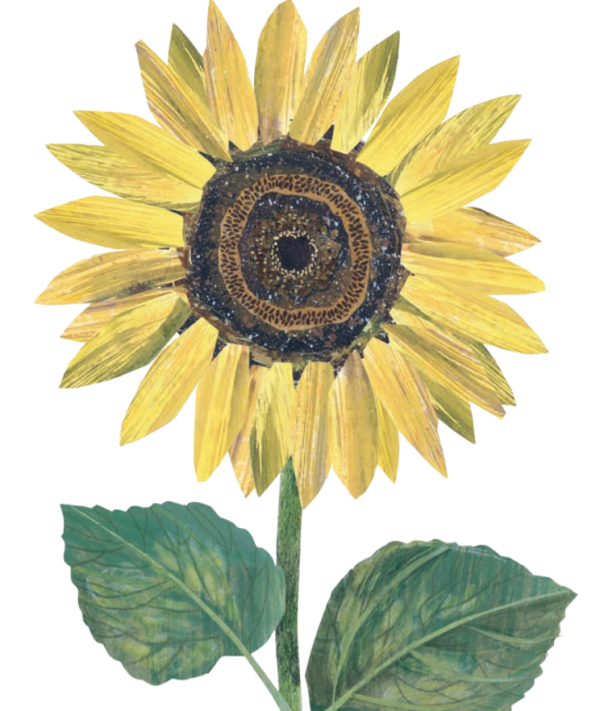
All of this Coulthard does with humour and an evident, and abundant, joy in the natural world. Coulthard’s ability to research at a tangent, to dig out fascinating titbits, is always a wonder to behold and is once again on display here. Even for those flowers I do know – roses, tulips, lavender and the like – there are still surprises. Before reading Floriography, for example, I had no idea that children used to be fed daisy juice to keep them small (which now has me wondering whether the limited stature of my youngest could have been prevented if we’d been quicker to remove the bunches of daisies hanging from his toddler mouth), nor that the association between battlefields and poppies was quite so ancient. And it would take a lot of effort not to crack a smile at some of her asides: the image of a thousand ladies queuing at the apothecary awkwardly to purchase lady’s mantle to tighten a certain part of their anatomy, or of natural philosophers testing the aphrodisiacal properties of sunflowers on willing – and afterwards seemingly very able – patients, will brighten anyone’s day.
Floriography is a small book: it is not an encyclopaedia. In a larger volume, perhaps more detail could have been given about each plant: I would have liked to have seen, for example, some comment on the Edelweiss Pirates under the relevant entry. But this just goes to prove Coulthard’s point, that ‘We all speak the language of flowers, even if we’re not aware of it.’  P. 6 Each of us has semi-conscious associations with the natural world; what this book does well is to bring those links to the surface and encourage us to explore them further. It is also perfectly fit for purpose. It is extremely difficult to lug a huge tome on a walk, but Coulthard’s book is pocket-sized, and therefore an ideal companion for a countryside amble. It is easy to leaf through the pages and the vivid, detailed illustrations by Clover Robin are extremely helpful for identifying unknown plants – showing the leaves, buds, and flowers of each – as well as a delight in themselves. Floriography is thus a veritable treasure trove of information about flowers, providing a guidebook for the uninitiated as well as a welcome renewal of acquaintance – and the occasional surprise – for the keen botanist.
P. 6 Each of us has semi-conscious associations with the natural world; what this book does well is to bring those links to the surface and encourage us to explore them further. It is also perfectly fit for purpose. It is extremely difficult to lug a huge tome on a walk, but Coulthard’s book is pocket-sized, and therefore an ideal companion for a countryside amble. It is easy to leaf through the pages and the vivid, detailed illustrations by Clover Robin are extremely helpful for identifying unknown plants – showing the leaves, buds, and flowers of each – as well as a delight in themselves. Floriography is thus a veritable treasure trove of information about flowers, providing a guidebook for the uninitiated as well as a welcome renewal of acquaintance – and the occasional surprise – for the keen botanist.
- Log in to post comments


